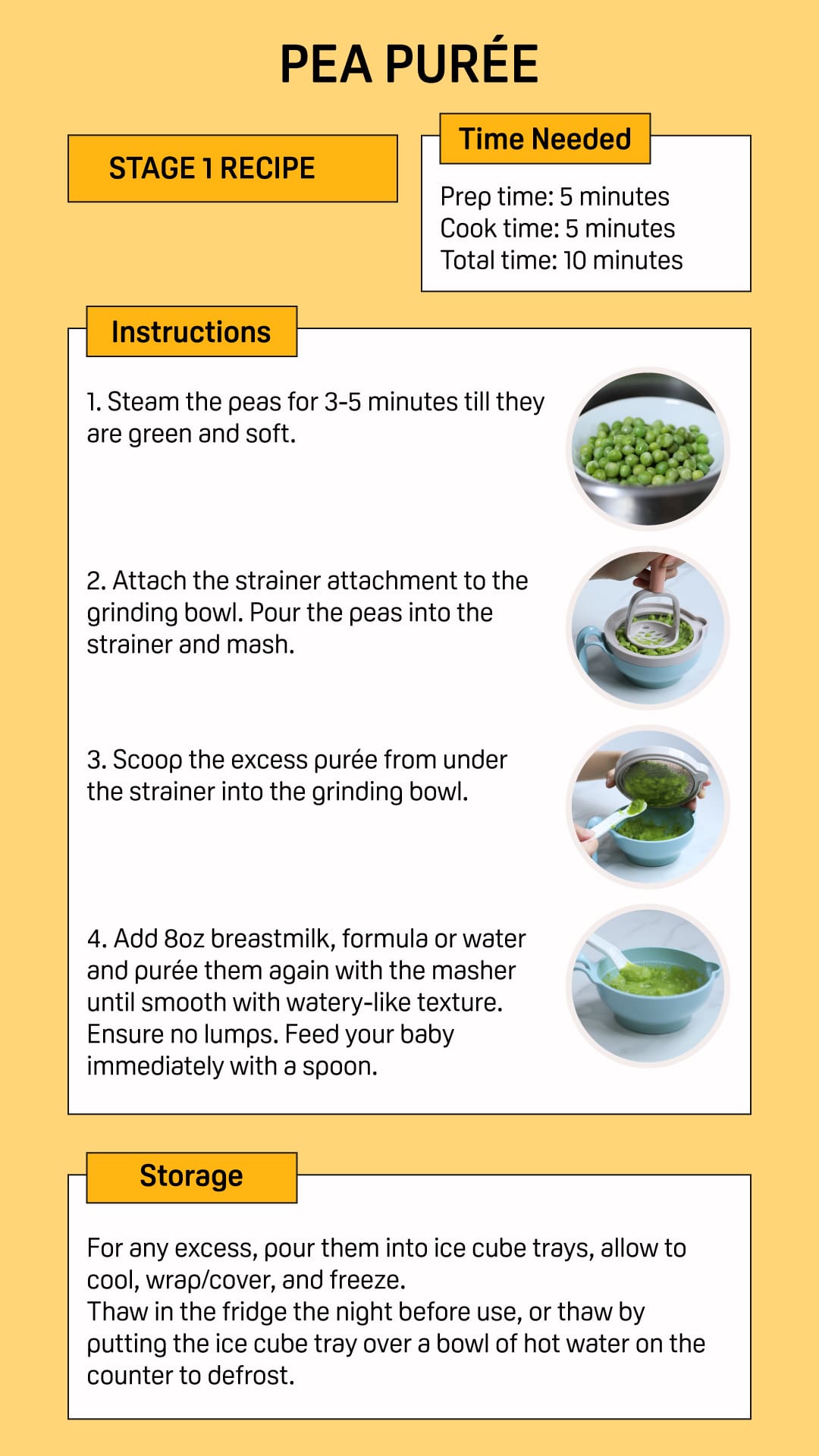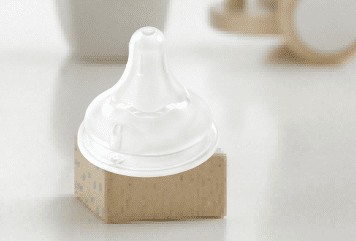A Mother’s Guide: Introducing Solids to Your Baby
At 4 to 6 months of age, your baby is a bundle of joy! It is getting used to his or her new loving family, as well as its naps, bedtime and feeding times. All it needs now is more nutrients and to begin trying solid foods, which will introduce more textures and flavours to your baby’s world.
As a general guide, most babies by ages 4 to 6 months are ready to begin eating solid foods as a complement to breast-feeding or formula-feeding.
Signs your baby is ready for solid foods
Introducing solid foods to your baby is an opportunity to create a happy, healthy and adventurous eater. When your baby shows these signs, you can begin introducing solid foods:
- has good head and neck control and can sit upright when supported
- shows an interest in food by looking at what is on your plate
- reaches for your food
- opens mouth when you offer food on a spoon
Helpful tips when introducing solid foods
Introducing solid foods is the start of an exciting adventure! Fruit and veggie purées are the best place to start, before moving on to mashed foods, then minced and chopped foods. By 12 months, your little angel should be eating around three small meals a day.
- When introducing solids, start with 1-2 teaspoons of puréed foods before increasing gradually according to your baby’s appetite.
- Between 6 to 8 months, you can transit from smooth to lumpy textures to finger foods. This helps your baby learn how to chew, which helps with your baby’s speech development. It also helps to encourage self-feeding and prevent feeding difficulties as your baby grows.
- By the time your baby is 12 months old, he or she can eat food with the same texture as everybody else!
You may introduce solids in any order, as long as you include iron-rich foods with the right texture. There is also no need to introduce just one food at a time unless you have a family history of food allergies. Introducing one new food at a time can help with identifying allergic reactions.
Exploring new recipes with your baby is a fun and enjoyable process. Offer your baby the opportunity to try home-cooked meals and a variety of foods, including:
- vegetables – such as cooked potato, carrot or beans
- fruit – such as banana, apple, melon or avocado
- wheat, oats, bread, rice and pasta
- dairy foods such as yoghurt and full-fat cheese
- meat, fish, pork, legumes and cooked egg – but not raw or runny egg
Pigeon Home Baby Food Maker is a convenient and compact baby food maker to self-prepare nutritious and delicious meals for your baby.
Stages of Baby Food
There is a staged approach to expanding your baby’s range of flavours and textures. To keep you on course throughout the process, we lay down what stages 1, 2 and 3 entail.

Stage 1:
You can start with simple, single-ingredient purées when your baby is 4 to 6 months old. This helps you spot and identify a food allergy or sensitivity. Once you have proven your child’s tolerance to individual foods, you can try various combinations of flavours on your little foodie.
With plenty of amazing baby purée recipes out there, there is an endless variety of flavours to start with. Examples include:
- Pea purée
- Banana purée
- Avocado purée
- Carrot purée
- Orange juice
For the first four listed above, consider mixing with a little breast milk, formula or water to thin it out further. Don’t fret if your baby refuses the purée – it is normal for your baby to reject the purée the first few times as he or she is still learning to swallow.
To get your baby get started on this important phase of discovery, here is one of the best baby purée recipes around:
Pea purée recipe

You may replace peas with any ingredient of your choice to create the perfect purée for your baby!
Stage 2:
By 7 to 9 months old, your baby will be ready to experience more solids. This is when you can start experimenting with soft lumpy foods and make thicker purées with multiple ingredients.
Remember to introduce one new ingredient at a time and combine foods that your baby is not allergic to. You can also add meat and other proteins at this stage, or even earlier if your pediatrician gives the OK.
Ready to expose your baby to more complex flavours? Remember to start with small amounts and go slow. Here are some possible creations:
- Basic Baby Porridge
- Banana, Blueberry & Avocado Food Purée
Basic baby porridge recipe

Ikan bilis powder
Sprinkle this powder in replacement of any other condiments onto your baby’s food for a more nutritious and wholesome meal.

Banana, blueberry & avocado food purée recipe

Stage 3:
Once your baby is successful with Stage 2 foods, you can move on to Stage 3 when they are around 9 to 12 months old. This is the best time to slowly transition your baby to table food.
Stage 3 baby foods include chunkier purées and mashes. Many babies also naturally advance to adult food and complex combinations, finely minced or softened. For instance, you could give your little darling small, cut-up pieces of meatballs or soft carrots. Don’t hesitate to add dairy, such as cheese or yogurt, to the menu.
Examples of Stage 3 foods include:
- Cheesy mashed potato with carrot and broccoli
- Carrot Muffin
Carrot muffin recipe

Baby Food Diary
Track your child’s nutrition by keeping an accurate record of what your baby is eating and drinking each day. This helps you identify any reactions or digestive issues such as constipation or eczema, so that you can avoid those foods in future. When your baby’s doctor or paediatrician enquiries about your little one’s nutrition, you will have all the answers at your fingertips.
Keep a food diary by simply recording foods or drinks consumed by your little one each day. For instance, for lunch on Monday, you could record 1 tablespoon puréed sweet potato. For dinner, you could record 1 tablespoon of puréed apple. Start out slowly, experiment with flavours, and feed your baby with confidence!
A Mother’s Guide: Introducing Solids to Your Baby














